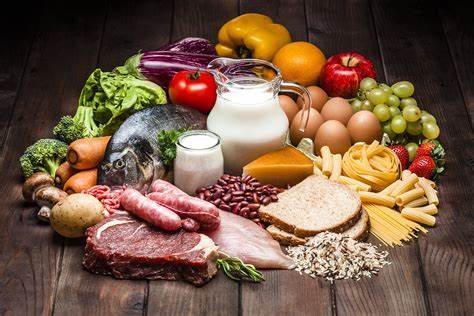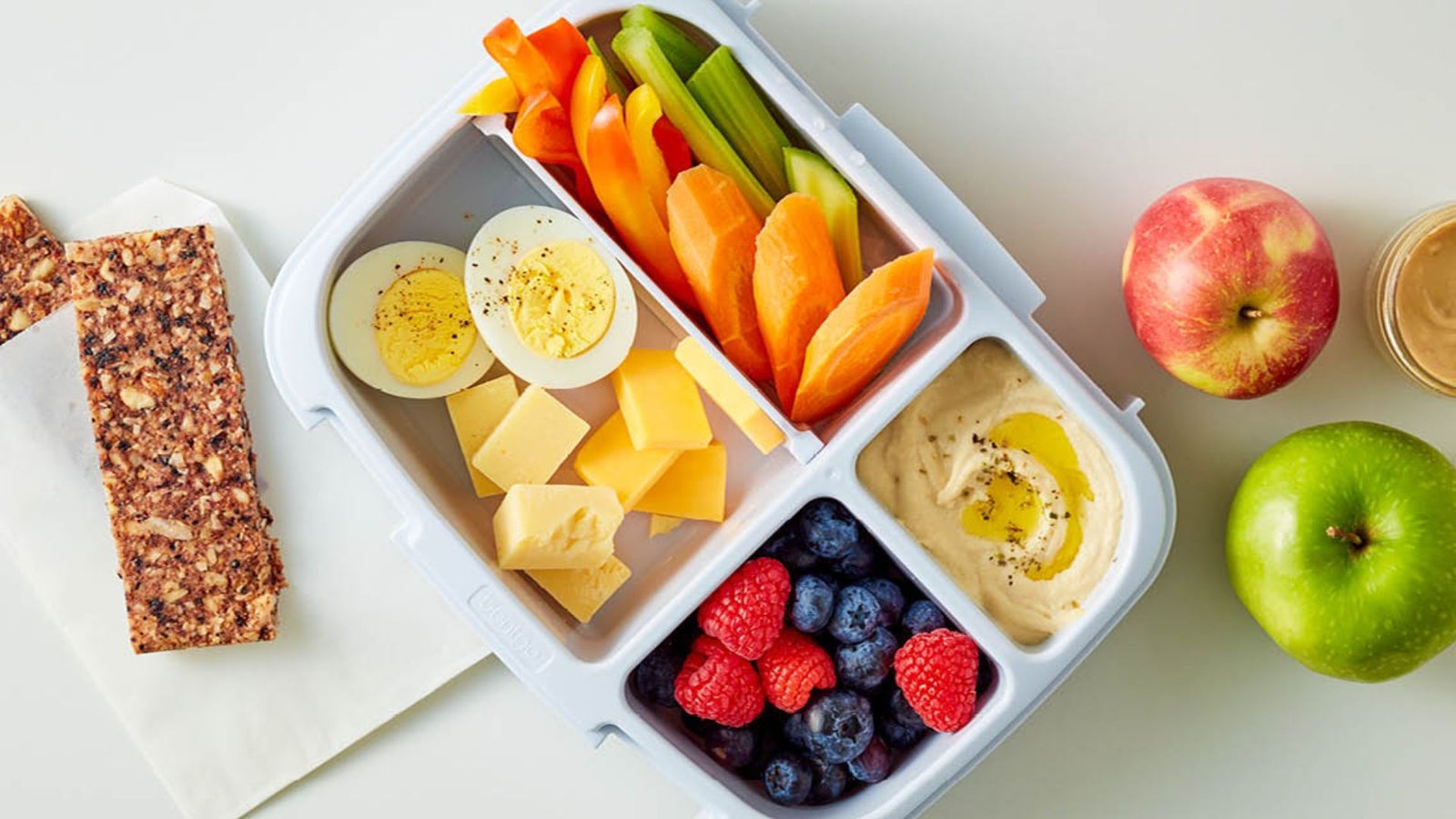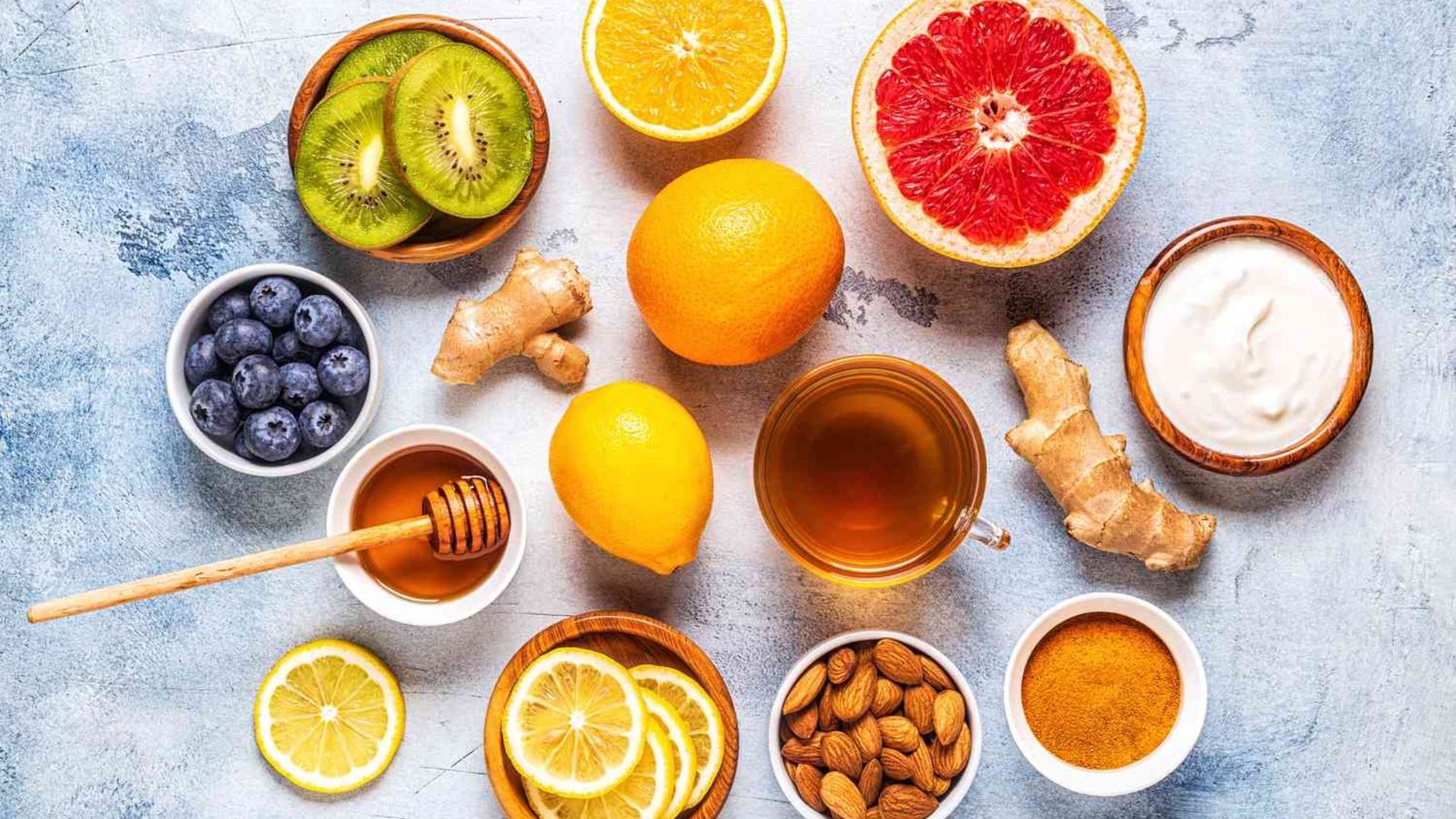Achieving optimal health starts with a well-balanced diet. But what exactly does a balanced diet look like? It’s not about following the latest fad or drastically cutting certain food groups. Instead, it’s about incorporating a variety of nutrients that fuel your body and support overall well-being. In this guide, we’ll explore how to create a balanced diet and what to eat for better health.
1. Understanding the Components of a Balanced Diet
A balanced diet provides all the essential nutrients your body needs to function properly. These include:
- Carbohydrates: Your body’s main source of energy, found in grains, fruits, and vegetables.
- Proteins: Vital for muscle repair, immune function, and hormone production. You’ll find them in meat, fish, eggs, legumes, and nuts.
- Fats: Not all fats are bad. Healthy fats from sources like avocados, nuts, seeds, and olive oil support brain function and energy.
- Vitamins and minerals: These micronutrients are crucial for overall health and can be found in a wide variety of fruits, vegetables, whole grains, and dairy products.
- Water: Essential for hydration, digestion, and overall body function.
2. Focus on Whole Foods
To achieve a balanced diet, the foundation should consist of whole, minimally processed foods. Whole foods are packed with the nutrients your body needs without added sugars, unhealthy fats, or preservatives commonly found in processed foods. Here are some whole food categories to focus on:
- Fruits and vegetables: Aim to fill half your plate with a colorful variety of fruits and vegetables. They are rich in fiber, vitamins, and antioxidants that protect against disease.
- Whole grains: Instead of refined grains like white bread and pasta, opt for whole grains such as quinoa, brown rice, oats, and whole wheat. These grains are rich in fiber and help stabilize blood sugar levels.
- Lean proteins: Include sources like chicken, fish, eggs, tofu, and legumes. These provide essential amino acids needed for muscle repair and immune function.
- Healthy fats: Incorporate heart-healthy fats like those from olive oil, nuts, seeds, and fatty fish like salmon. These fats help support brain health and reduce inflammation.
3. The Importance of Portion Control
Even with a balanced diet, portion control is key. Overeating any type of food, even healthy ones, can lead to weight gain and other health issues. A good rule of thumb is to use your plate as a guide:
- Half the plate should be fruits and vegetables.
- A quarter of the plate should be lean protein.
- A quarter of the plate should be whole grains.
Pay attention to hunger and fullness cues, and avoid eating in front of screens to stay mindful of portion sizes.
4. Incorporate a Variety of Proteins
Protein is a vital part of a balanced diet, but it’s important to diversify your sources. Different proteins come with varying nutrient profiles, so mix up your protein intake to get a range of benefits. Here are some great options:
- Animal-based proteins: Chicken, turkey, beef, and fish offer complete proteins, which means they contain all the essential amino acids.
- Plant-based proteins: Beans, lentils, tofu, and quinoa are excellent sources of protein for those looking to reduce meat consumption. Combining different plant proteins can provide the full range of essential amino acids.
- Dairy and eggs: Greek yogurt, milk, and eggs are great for those who can tolerate them, providing high-quality protein and calcium.
5. Don’t Forget About Fiber
Fiber is essential for digestive health and can help regulate blood sugar levels. A diet rich in fiber also promotes heart health by lowering cholesterol levels. You’ll find fiber in:
- Fruits: Apples, berries, and pears are high in soluble fiber, which helps regulate blood sugar and cholesterol.
- Vegetables: Leafy greens, carrots, and broccoli are rich in fiber and packed with vitamins.
- Whole grains: Brown rice, whole wheat, and oats are great for providing long-lasting energy.
- Legumes: Beans, lentils, and chickpeas offer both fiber and protein.
6. Stay Hydrated
Water is an essential part of a balanced diet that’s often overlooked. Staying hydrated supports digestion, nutrient absorption, and temperature regulation. The general guideline is to drink around 8 glasses (64 ounces) of water a day, but your specific needs can vary depending on your activity level and climate.
For an extra boost, you can also consume hydrating foods like cucumbers, watermelon, and oranges.
7. Include Healthy Fats in Your Diet
Healthy fats are important for brain function, hormone production, and absorbing fat-soluble vitamins. Here’s how to include them in your diet:
- Avocados: Rich in monounsaturated fats, which are heart-healthy.
- Nuts and seeds: Almonds, chia seeds, and flaxseeds are great sources of omega-3 fatty acids.
- Olive oil: A staple in Mediterranean diets, known for reducing inflammation and supporting heart health.
Avoid trans fats and limit saturated fats found in processed foods, as they can increase the risk of heart disease.
8. Limit Added Sugars and Salt
While some sugars occur naturally in fruits and dairy, added sugars in processed foods can lead to weight gain, diabetes, and heart disease. Try to limit added sugars from sodas, candy, and baked goods. Opt for natural sweeteners like honey or fruit when possible.
Likewise, limit salt intake to prevent high blood pressure and other health problems. Choose fresh foods over processed options, which are often high in sodium.

9. Plan Your Meals
Meal planning is an effective way to maintain a balanced diet. By preparing meals in advance, you can ensure you’re incorporating all the essential nutrients without resorting to unhealthy options when you’re short on time. Here are some tips:
- Plan for variety: Include different fruits, vegetables, grains, and proteins each week.
- Prep ahead: Cook meals in batches and store them in the fridge or freezer for quick access.
- Stay balanced: Make sure each meal includes a mix of macronutrients (carbs, protein, and fats).
Conclusion
Creating a balanced diet doesn’t have to be complicated. By focusing on whole foods, portion control, and nutrient diversity, you can support your body’s health and energy needs. Remember, it’s not about perfection — it’s about making consistent, healthy choices. Start by incorporating a variety of nutrient-dense foods, and soon, you’ll feel the benefits of a well-balanced diet in your energy levels, mood, and overall health.




